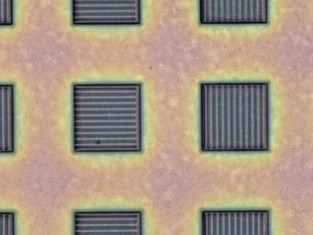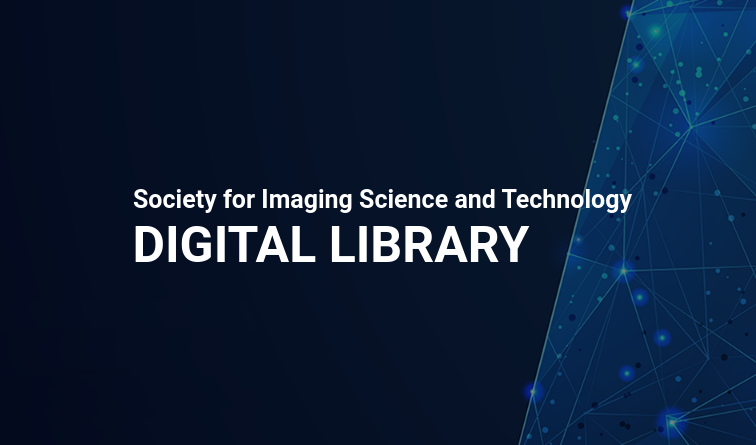
In this study, we investigated the improvement of the characteristics of the pixels of a polarization image sensor used for high-frequency electric field imaging. It was confirmed that the signal-to-noise ratio can be improved by increasing the number of metal wiring layers constituting the polarizer and by expanding the pixel dimensions. The combination of these improvements is expected to enable high-frequency field imaging with higher sensitivity.

Cosmologists are facing the problem of the analysis of a huge quantity of data when observing the sky. The methods used in cosmology are, for the most of them, relying on astrophysical models, and thus, for the classification, they usually use a machine learning approach in two-steps, which consists in, first, extracting features, and second, using a classifier. In this paper, we are specifically studying the supernovae phenomenon and especially the binary classification “I.a supernovae versus not-I.a supernovae”. We present two Convolutional Neural Networks (CNNs) defeating the current state-of-the-art. The first one is adapted to time series and thus to the treatment of supernovae light-curves. The second one is based on a Siamese CNN and is suited to the nature of data, i.e. their sparsity and their weak quantity (small learning database).